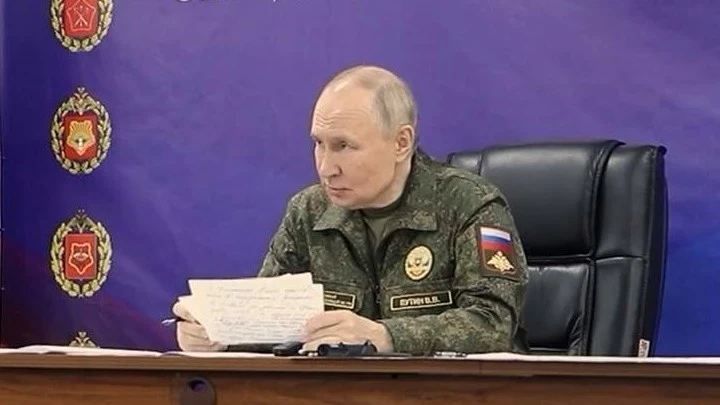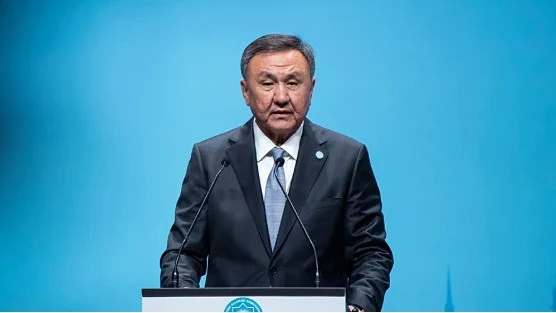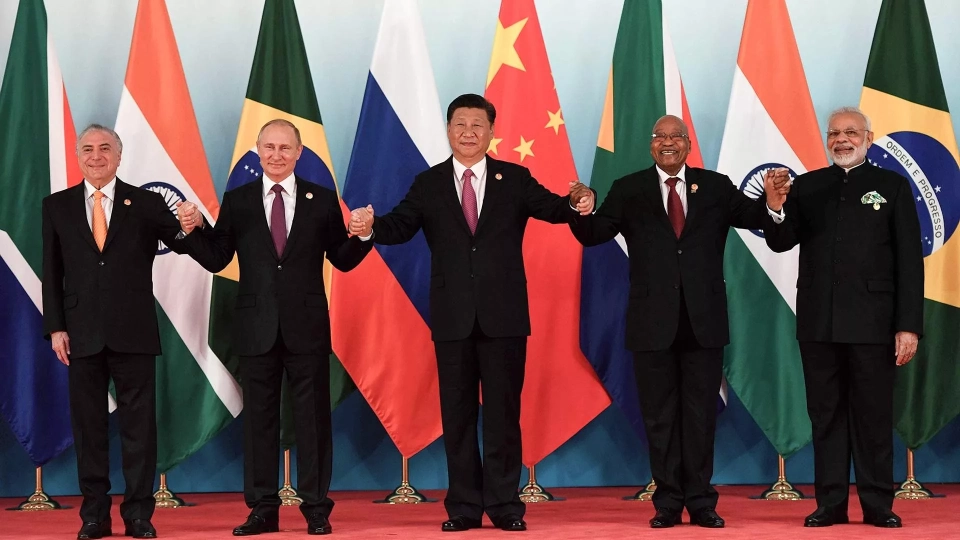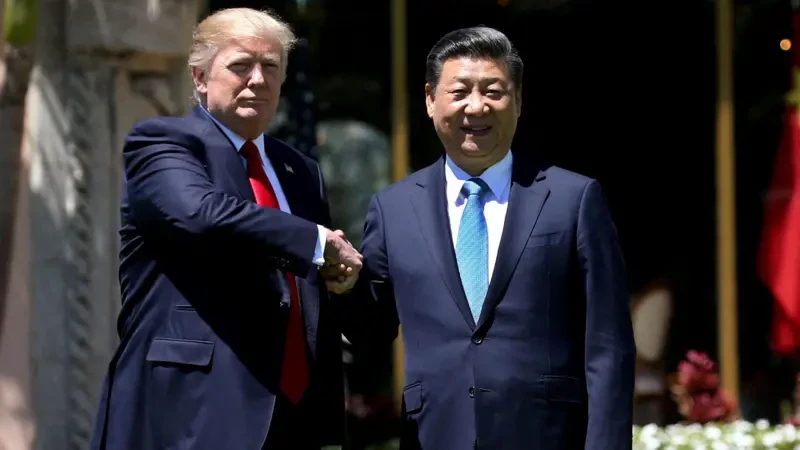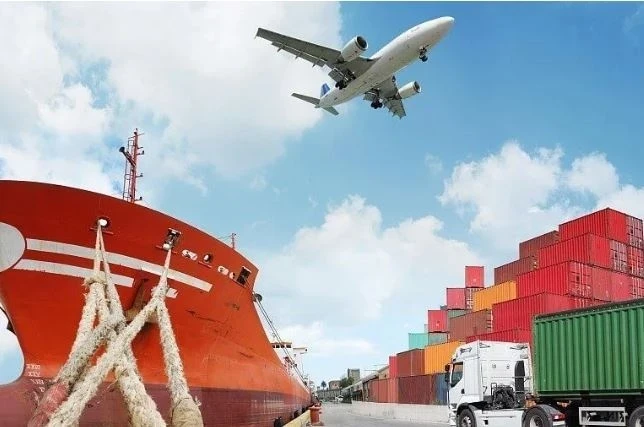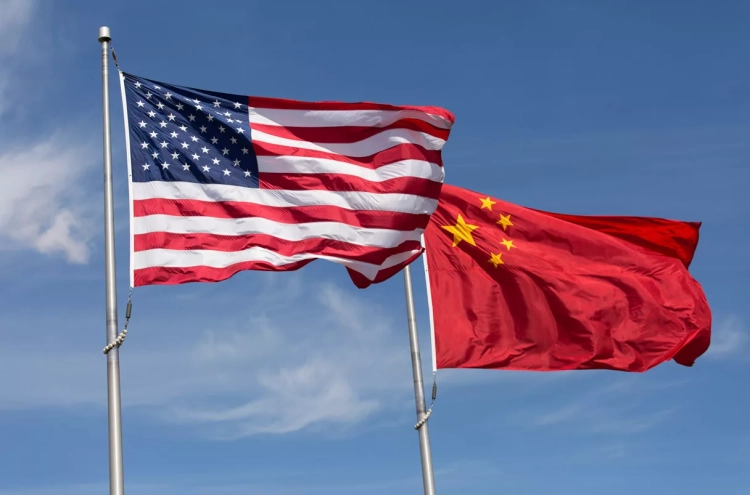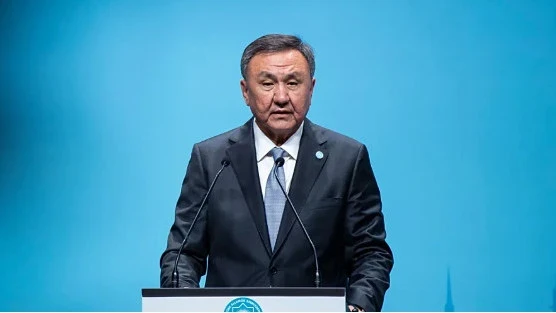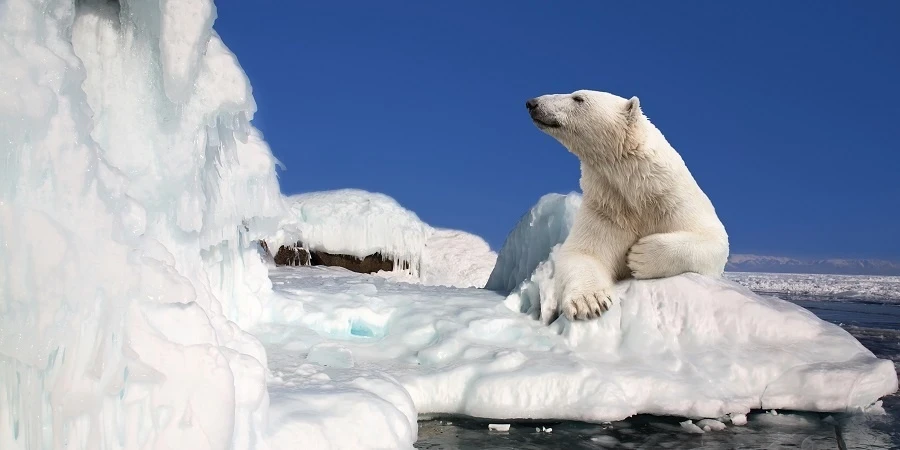
According to information from the Telegraph, the Arctic has become a stage for strategic rivalry between Russia and China on one side and the West on the other. While Russia tests its latest military technologies in the region, China is sending its first container ships, leaving the US and Europe to merely observe the changes occurring in the Far North.
Improved shipping routes, untapped resources, and changes in alliances make the Arctic a key strategic platform.
A Week of Significant Events in the Arctic
Last week, Admiral Giuseppe Cavò Dragone, head of NATO's Military Committee, stated that Russia and China are seeking to transform the conditions of access and influence in the Arctic region to their advantage, undermining principles of openness and the rule of law.
Meanwhile, Russian General Valery Gerasimov informed Vladimir Putin about the successful testing of a cruise missile with a nuclear power plant over the New Siberian Islands, where hydrogen bomb tests were previously conducted.
Additionally, the Chinese container ship Istanbul Bridge, measuring 294 meters, became the first large vessel to pass through the Northern Sea Route from China to Europe via Russian waters.
According to Chinese media, this event marked an important step for global trade. The vessel completed the route from Ningbo to Felixstowe in 21 days, significantly faster than traditional routes through the Suez Canal (about 40 days) or around the Cape of Good Hope (50 days).
The competition between the Russia-China alliance and the West poses a global issue, but in the Arctic region, this struggle is intensifying the fastest.
This is also linked to environmental changes: ice sheets are melting faster than expected, and the race for trade routes and resources is proceeding at an incredible pace.
Russian cooperation with China is strengthening amid Russia's isolation due to the conflict in Ukraine.
“We thought that the opening of the Arctic would occur over the next two decades, but it is happening much faster,” comments Dr. Elizabeth Buchanan from the Australian Strategic Policy Institute. “The relationship between Russia and China in the Arctic is developing rapidly, which is surprising,” she adds.
It is important to note that Russia has the largest number of legitimate territorial claims in the Arctic, and any Russian government, including the current one, will actively pursue economic and military interests in this region.
Thus, for the seven other Arctic states—Canada, Denmark, Finland, Iceland, Norway, Sweden, and the USA—Russia's presence is becoming an integral part of reality.
Threats related to nuclear strikes, military equipment for retaliatory actions on the Kola Peninsula, and coastal missile systems "Bastion," designed to prevent NATO interference in the Barents Sea, create ongoing strategic challenges for NATO.
Nevertheless, Professor Caroline Kennedy-Pipe from Loughborough University believes that the successful voyage of the container ship Istanbul Bridge could significantly change the situation.
According to her, “this calls into question the notion that the Arctic primarily belongs to the countries of the 'Arctic Eight,' including Russia, and opens new pathways for access to resources for non-Arctic countries like China. We are witnessing China creating more favorable conditions for shipping and actively acquiring assets and resources in Greenland, Iceland, and the European Arctic, which underscores its determination.”
At the recent Arctic Circle Assembly in Reykjavik, the Chinese delegation clearly stated that the Arctic should become “a common heritage of mankind,” accessible for exploration and use, and that China will actively promote this concept.
China is already positioning itself as a “near-Arctic state” and is actively building icebreakers and research vessels. However, it is not the only one seeking to explore the Arctic.
In recent weeks, many Asian countries have begun to show interest in northern trade routes, following China's lead, including India and South Korea. In March, Turkey joined the Spitsbergen Treaty, aiming to strengthen its position in the region.
Strategic Goals
Prestige is one of the main objectives. Just as in space exploration, polar expeditions have always been associated with glory.
In British history, one can recall Scott and Shackleton, in Norway—Amundsen, in the USA—Robert Peary. The Soviet Union also paid special attention to Arctic research before the onset of the space race, and legends surround the bravery of Soviet scientists.
China is certainly eager to claim its share of Arctic glory, utilizing scientific achievements, as noted by Caroline Kennedy-Pipe.
On October 27, the new Chinese icebreaker “Tan Suo San Hao” returned from a summer expedition during which deep-sea research was conducted. Beijing has already established five research stations in Antarctica and one in Spitsbergen—the “Yellow River” station. The construction of the first nuclear icebreaker is expected to be completed by the end of the year.
Economically, the Arctic promises to be profitable due to shorter and cheaper routes between Asia and Europe and access to untapped mineral deposits, as well as fish stocks.
Therefore, the interest of other countries in this region is not surprising.
At present, Russia and China represent strategic allies in countering the global hegemony of the USA; however, the question of Russian hegemony in the North, which Putin defends, remains open.
Dr. Elizabeth Buchanan notes that “based on the interviews and research conducted, I have concluded that there are disagreements between Russia and China regarding how exactly they will interact in the Arctic.”
Russian influence in the region is evident—the Northern Sea Route cannot be used without Russia's permission, and in dangerous situations, one must rely on Russian rescue teams.
The Chinese research station “Yellow River” in Spitsbergen causes particular tension in Russian-Chinese relations, which NATO also notes.
Last year, Norwegian authorities expressed concern when a Chinese cruise ship disembarked tourists in Spitsbergen, including an elderly woman from the People's Liberation Army, raising suspicions of a violation of the ban on military activities in the area.
Although evidence is currently lacking, Elizabeth Buchanan emphasizes that violations of norms in the Arctic resemble “China's behavior in Antarctica,” which raises alarm.
The Arctic has long been a focus of interest for countries with various ambitions.
“Observing China's actions in Antarctica, I would be very concerned if I were in the position of countries with interests in the Arctic,” adds Buchanan.
In particular, regarding the five Chinese research stations in Antarctica, seven countries with territorial claims raise two main concerns: fears of violating the treaty on the militarization of the continent and the potential dual-use of “scientific” stations for gathering intelligence.
Buchanan and Kennedy-Pipe agree that China is striving for dominance at both poles, although achieving this will be challenging due to harsh climatic conditions.
In the 2010s, Russia launched a program to restore its military infrastructure in the Arctic, deploying troops to rehabilitate abandoned Soviet bases. However, the project turned out to be costly and was suspended due to the conflict in Ukraine.
Caroline Kennedy-Pipe emphasizes that the capital of Spitsbergen, Longyearbyen, is actively developing despite challenges such as food shortages and medical infrastructure. However, despite these difficulties, the archipelago remains vulnerable to attacks.
Nevertheless, the strategic benefits of controlling the poles continue to attract attention, and the struggle for influence in the Arctic will intensify.
Source: inosmi.ru

